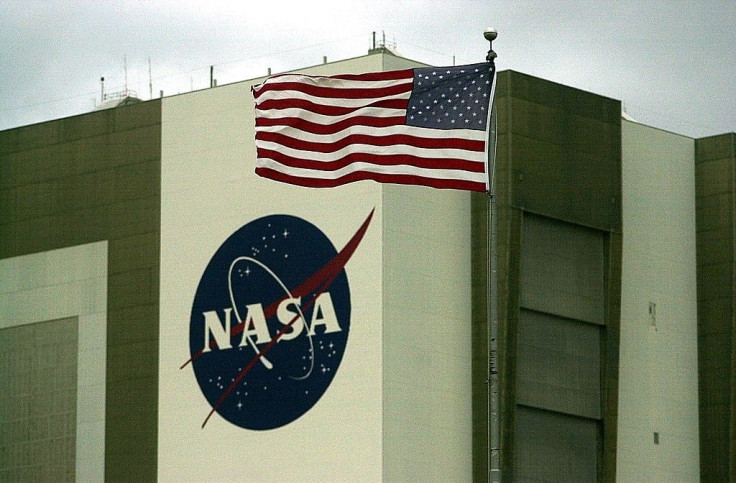Nasa NextSTEP program: Lockheed Martin to build deep space habitat with ISS cargo module
The company will integrate evolving technologies for human spaceflight missions beyond cislunar space.

Under its NextSTEP (Next Space Technologies for Exploration Partnerships) program, Nasa commissioned six aerospace companies to research design concepts for larger deep space habitats. Now, one of these companies, Lockheed Martin, has detailed its plan to build a life-size ground prototype of its Deep Space Gateway at the Kennedy Space Center.
Nasa launched the NextSTEP program in 2016 to develop deep space exploration capabilities for more extensive human spaceflight missions beyond cislunar space.
Lockheed Martin, over next 18 months, will refine the design concept it developed in Phase I by integrating evolving travel technologies. The corporation will refurbish an old multi-purpose logistics module – used for transferring supplies to the ISS – to develop a full-scale deep space habitat. The company will also rely on mixed reality (combination of augmented and virtual reality) to speed up design and construction, and reduce costs by identifying the problem areas.
"We are excited to work with NASA to repurpose a historic piece of flight hardware, originally designed for low Earth orbit exploration, to play a role in humanity's push into deep space," said Bill Pratt, Lockheed's habitat program manager in a statement. "Making use of existing capabilities will be a guiding philosophy for Lockheed Martin to minimize development time and meet NASA's affordability goals".
Nasa's Orion aircraft will serve as Deep Space Gateway's command deck in early missions, providing critical communications, navigation and life support for "the incremental build-up of deep space exploration capabilities".
"Because the Deep Space Gateway would be uninhabited for several months at a time, it has to be rugged, reliable and has the robotic capabilities to operate autonomously," Pratt added. "Essentially it is a robotic spacecraft that is well-suited for humans when Orion is present".
The company says, once the tests are completed it will hand over the results to Nasa "to further the understanding of the systems, standards and common interfaces needed to make living in deep space possible".
Along with the habitat prototype, Lockheed Martin also plans to build an avionics laboratory near the Johnson Space Center to demonstrate the interface between Deep Space Gateway and the Orion capsule. The lab will help astronauts train for various scenarios that might arise during space missions.
© Copyright IBTimes 2025. All rights reserved.





















